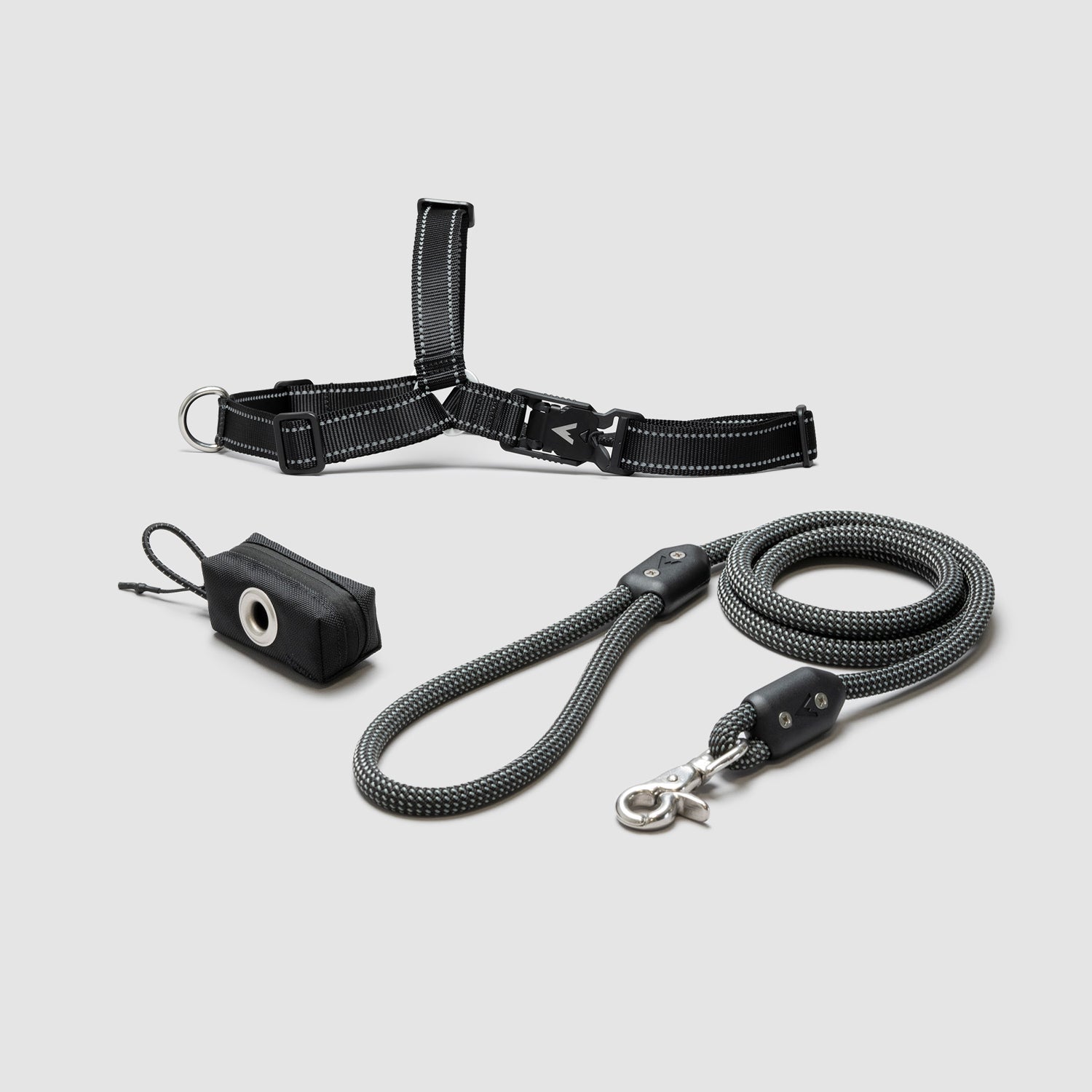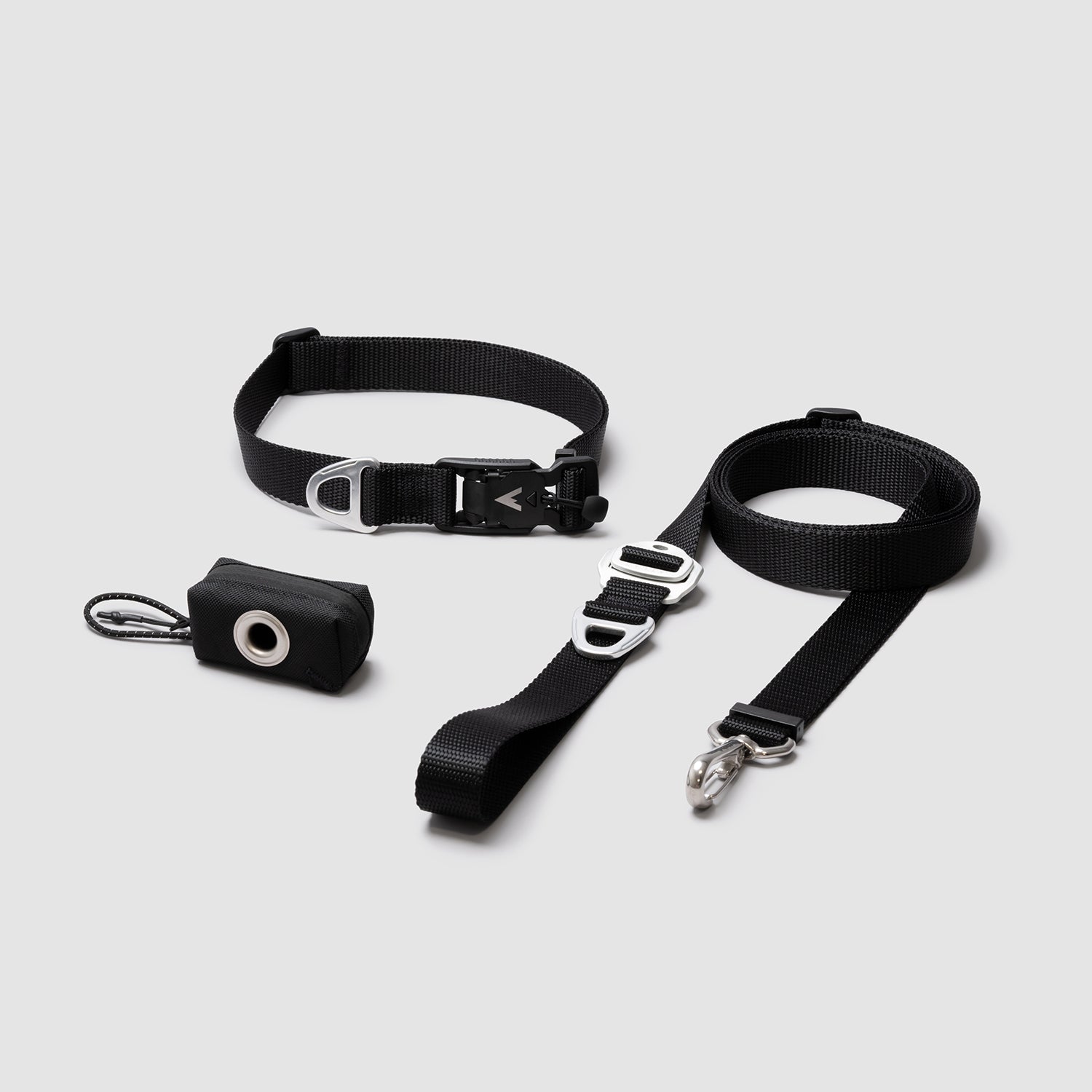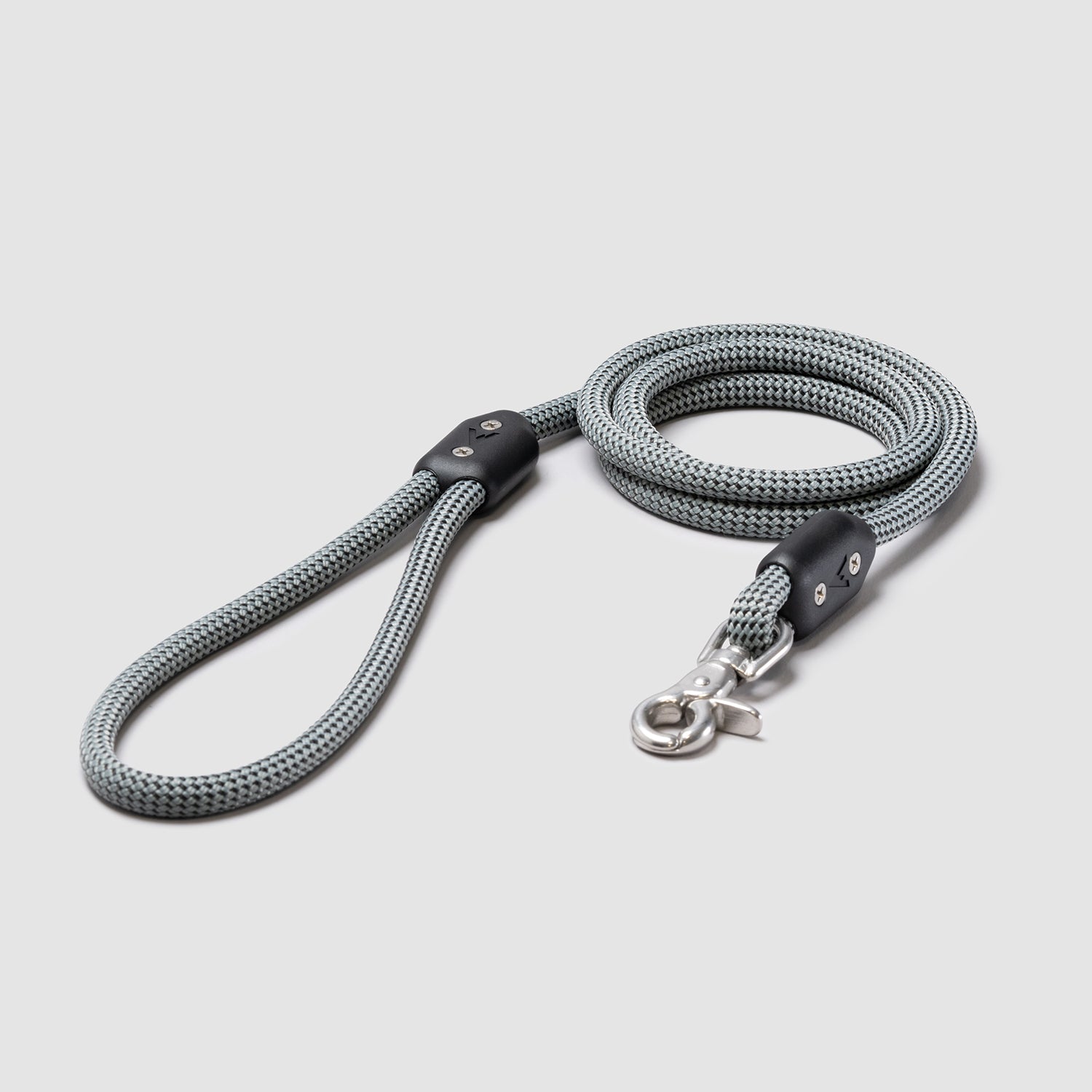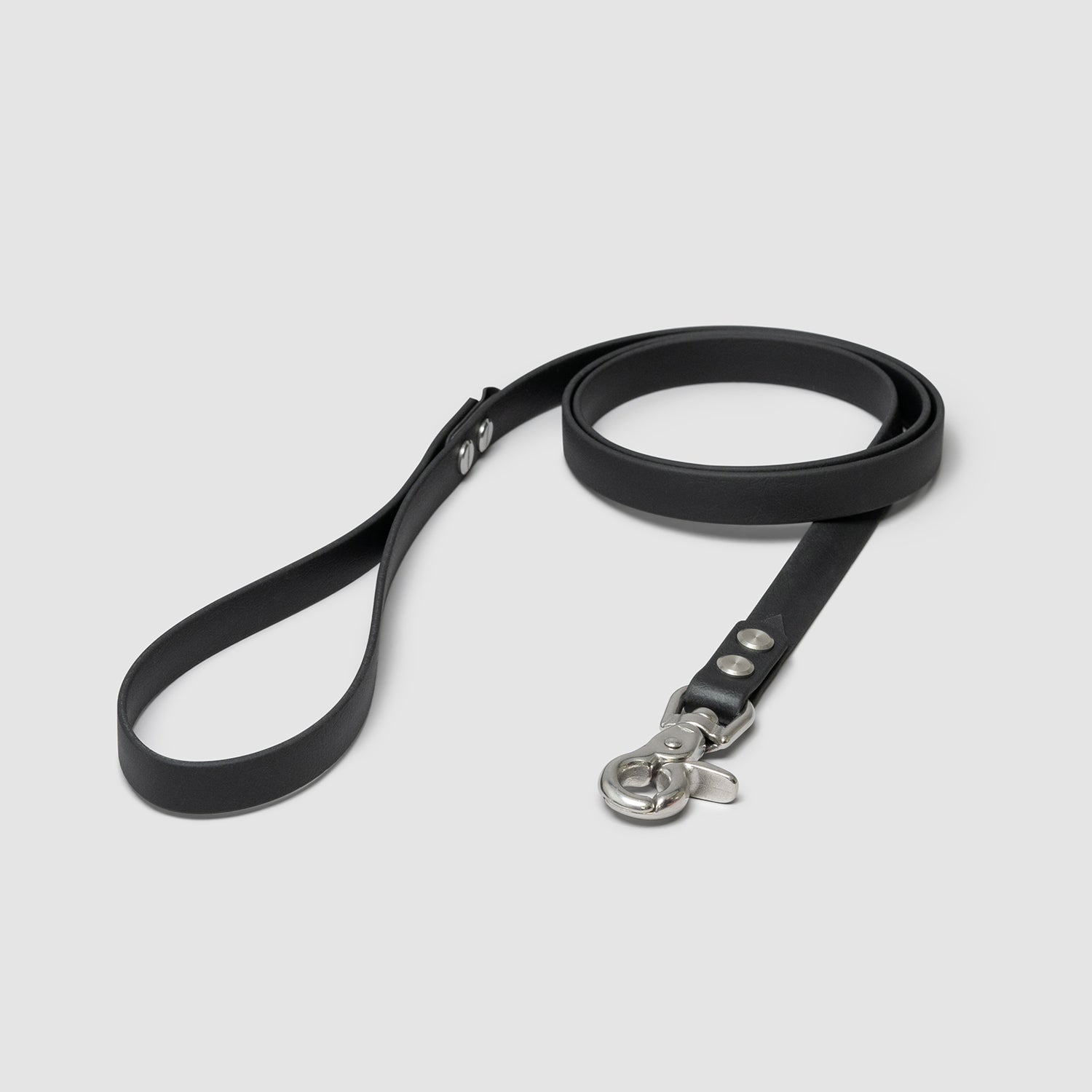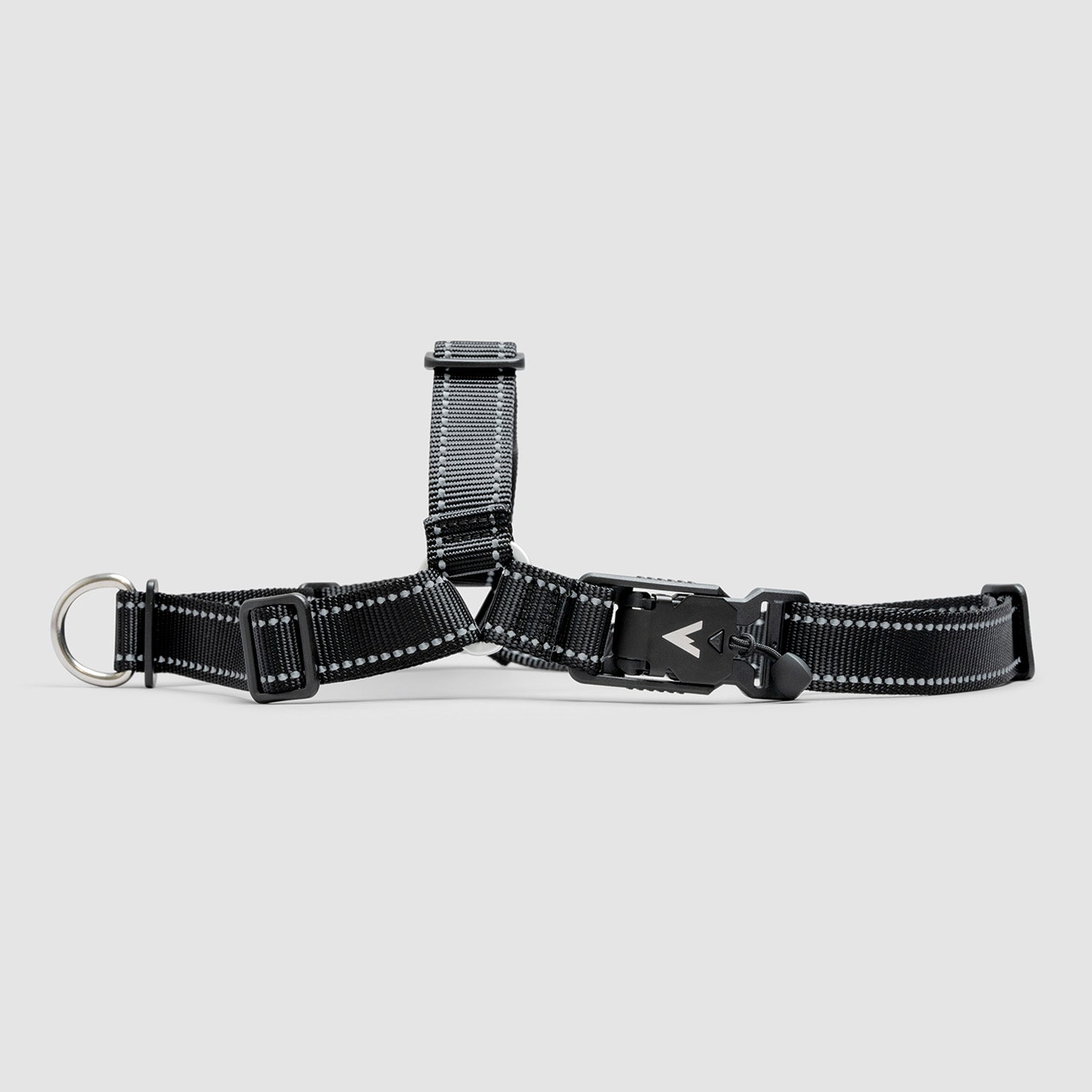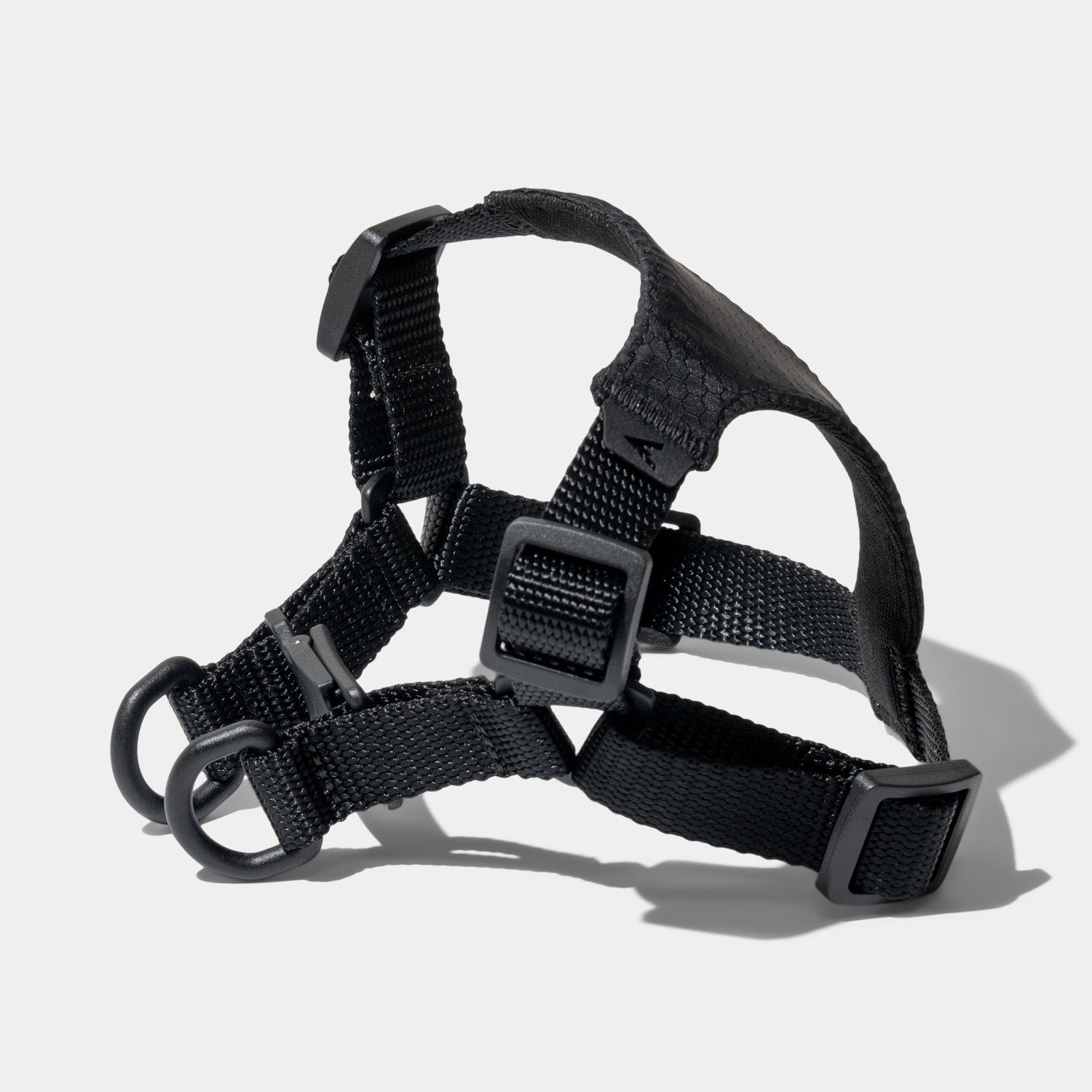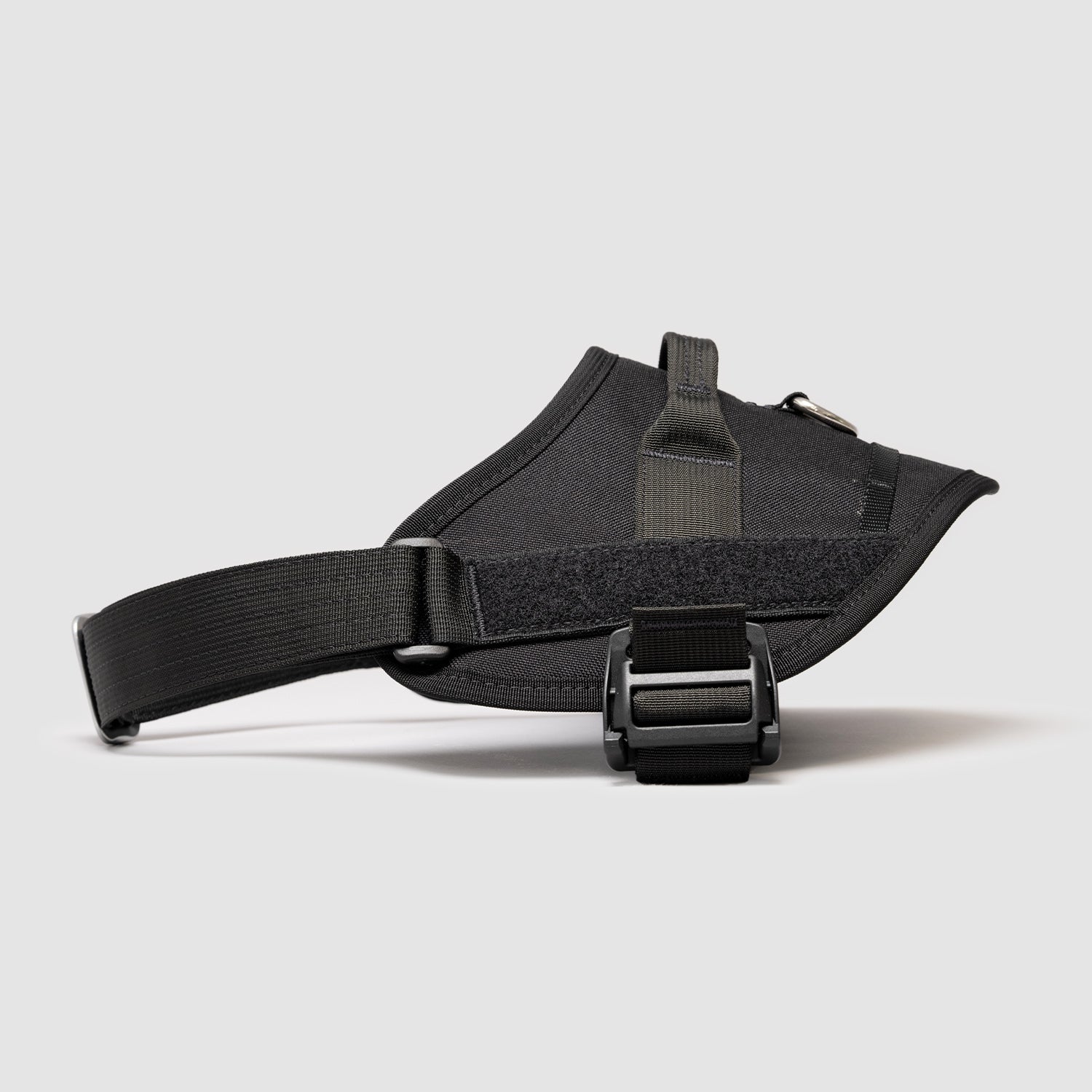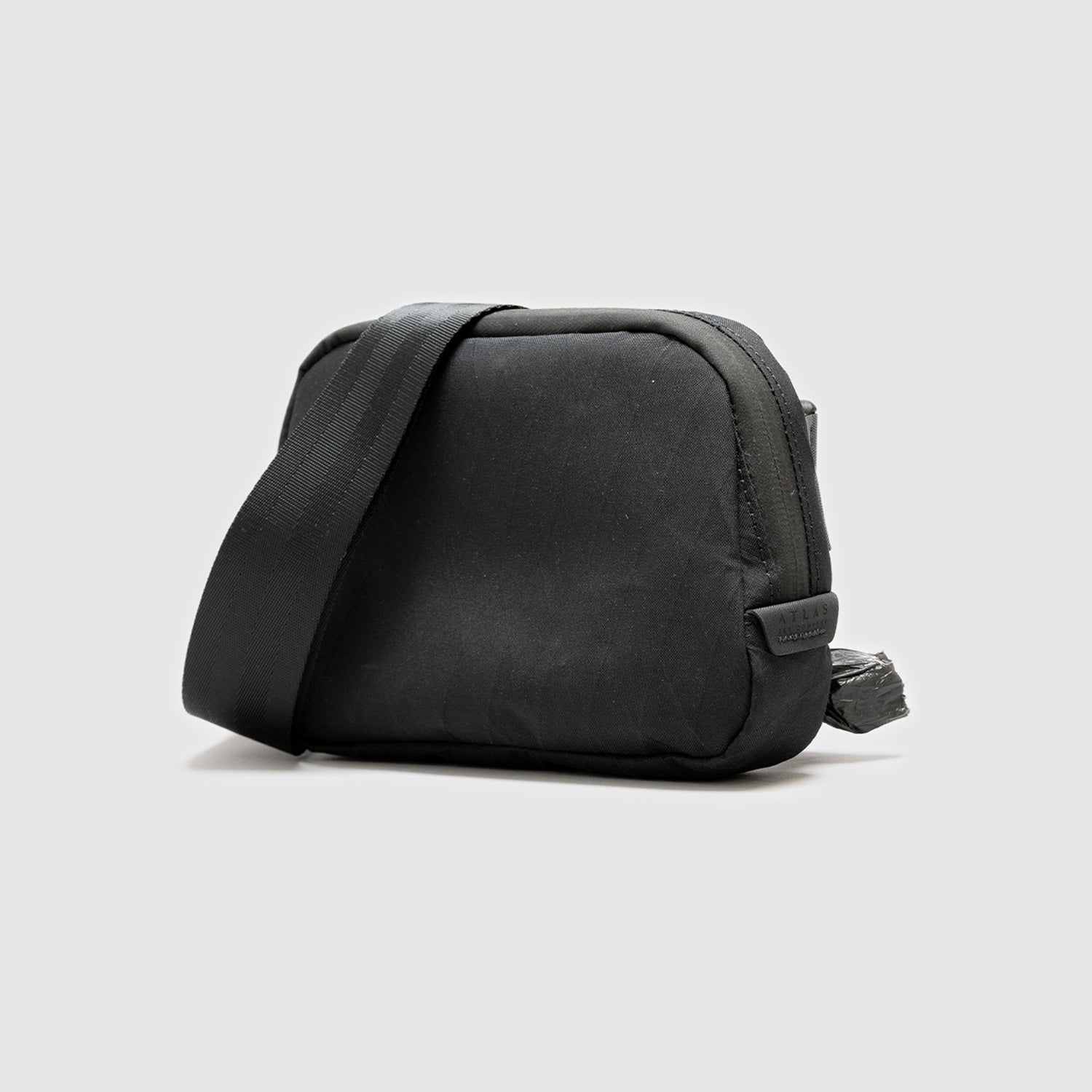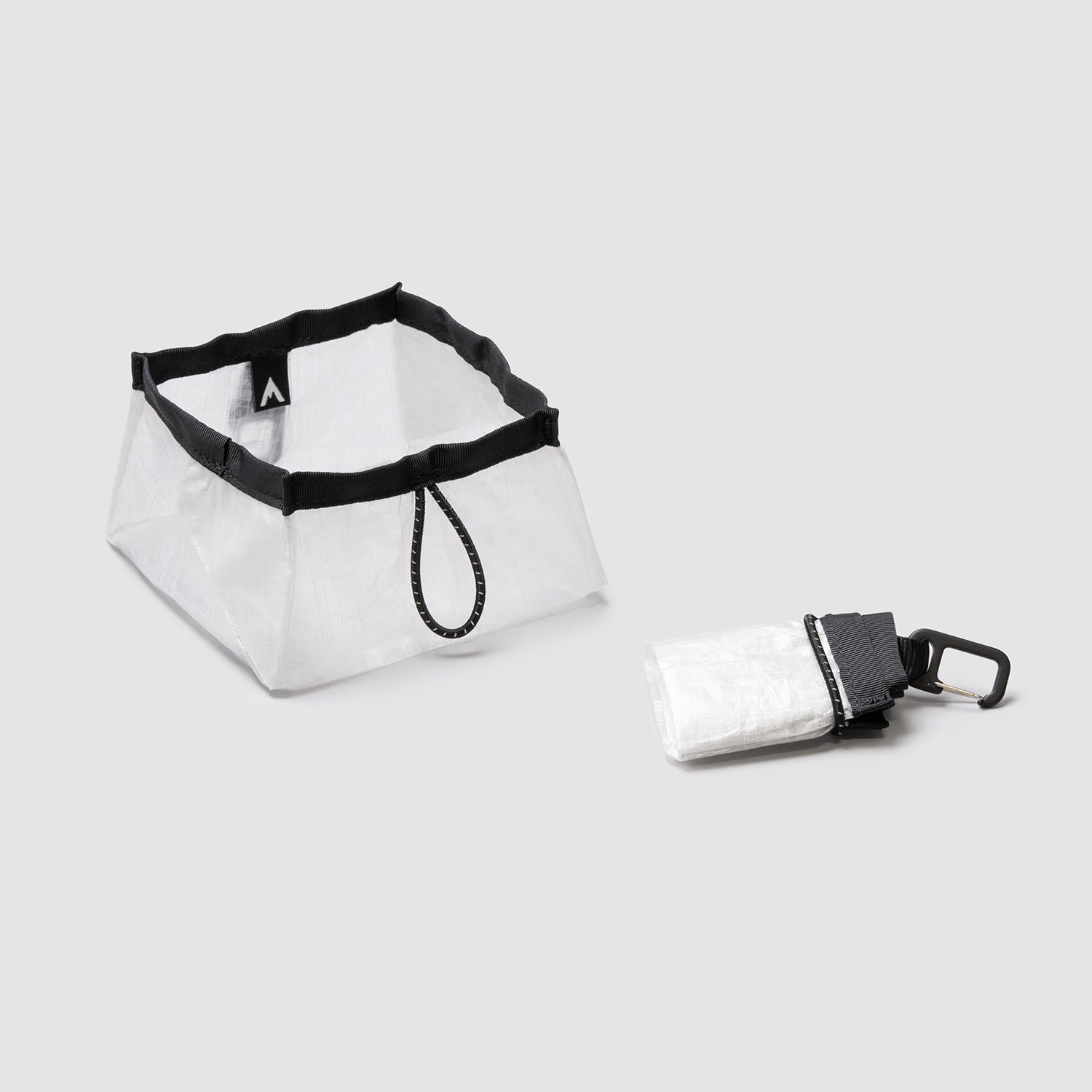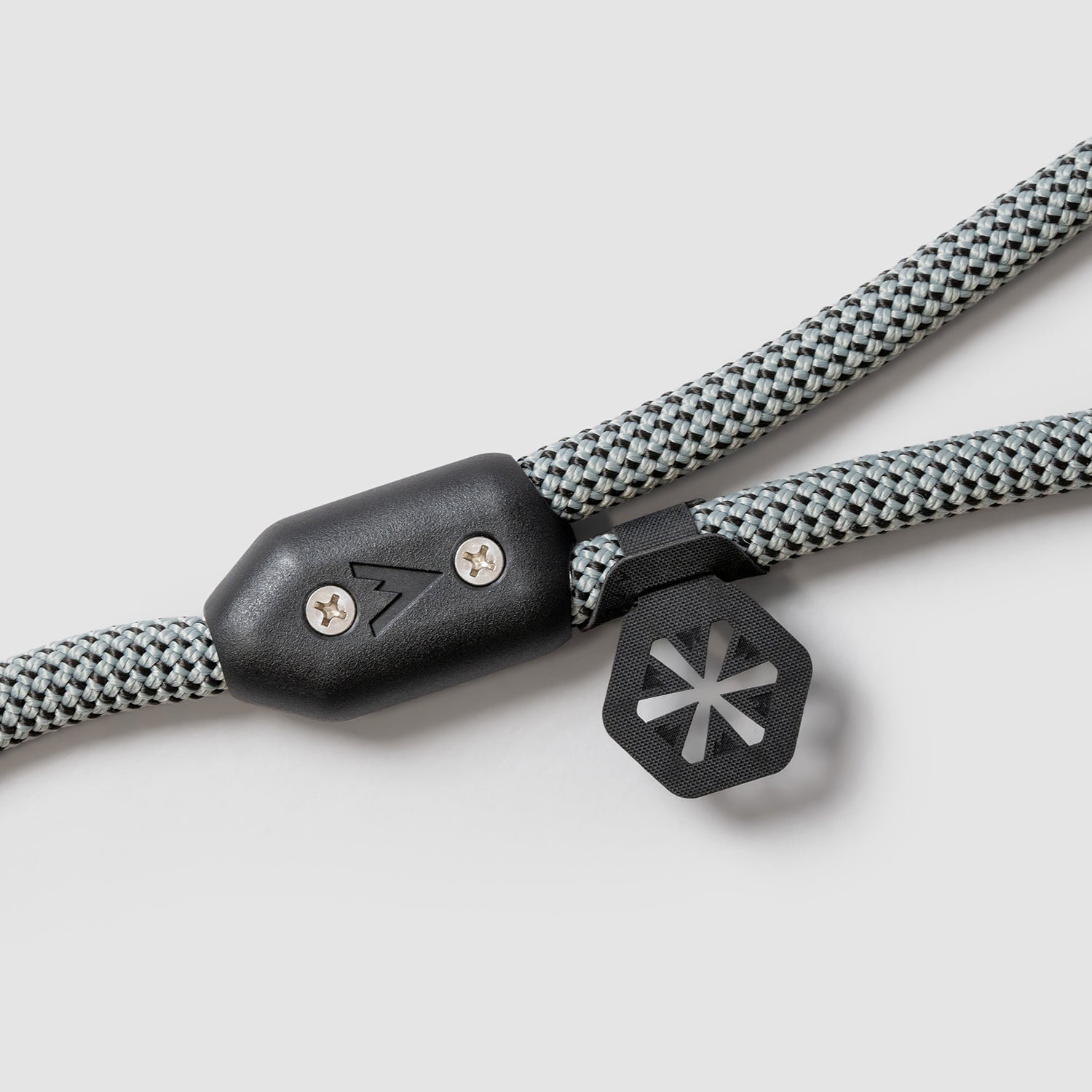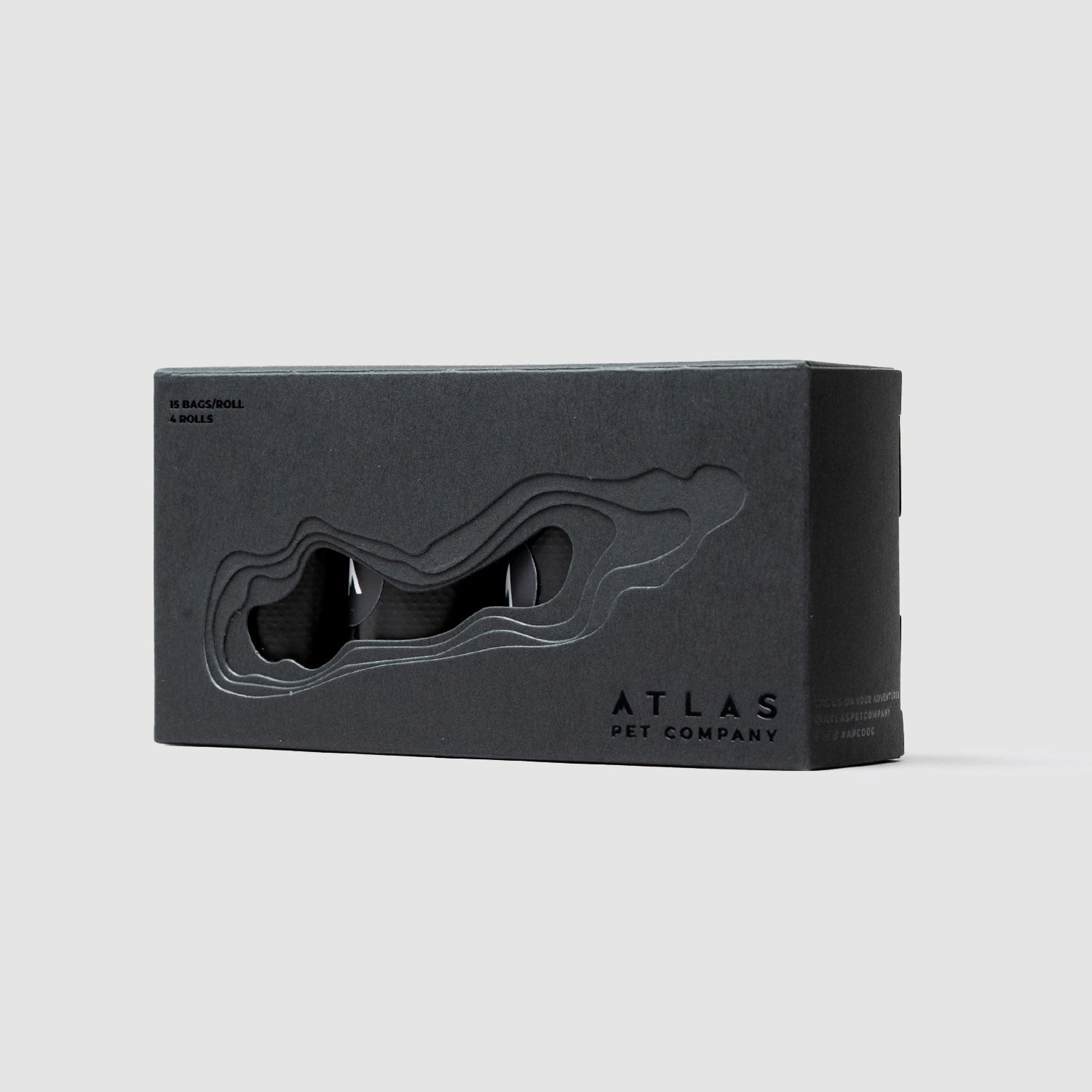5 Things to Think About Before Adding Another Dog to Your Household
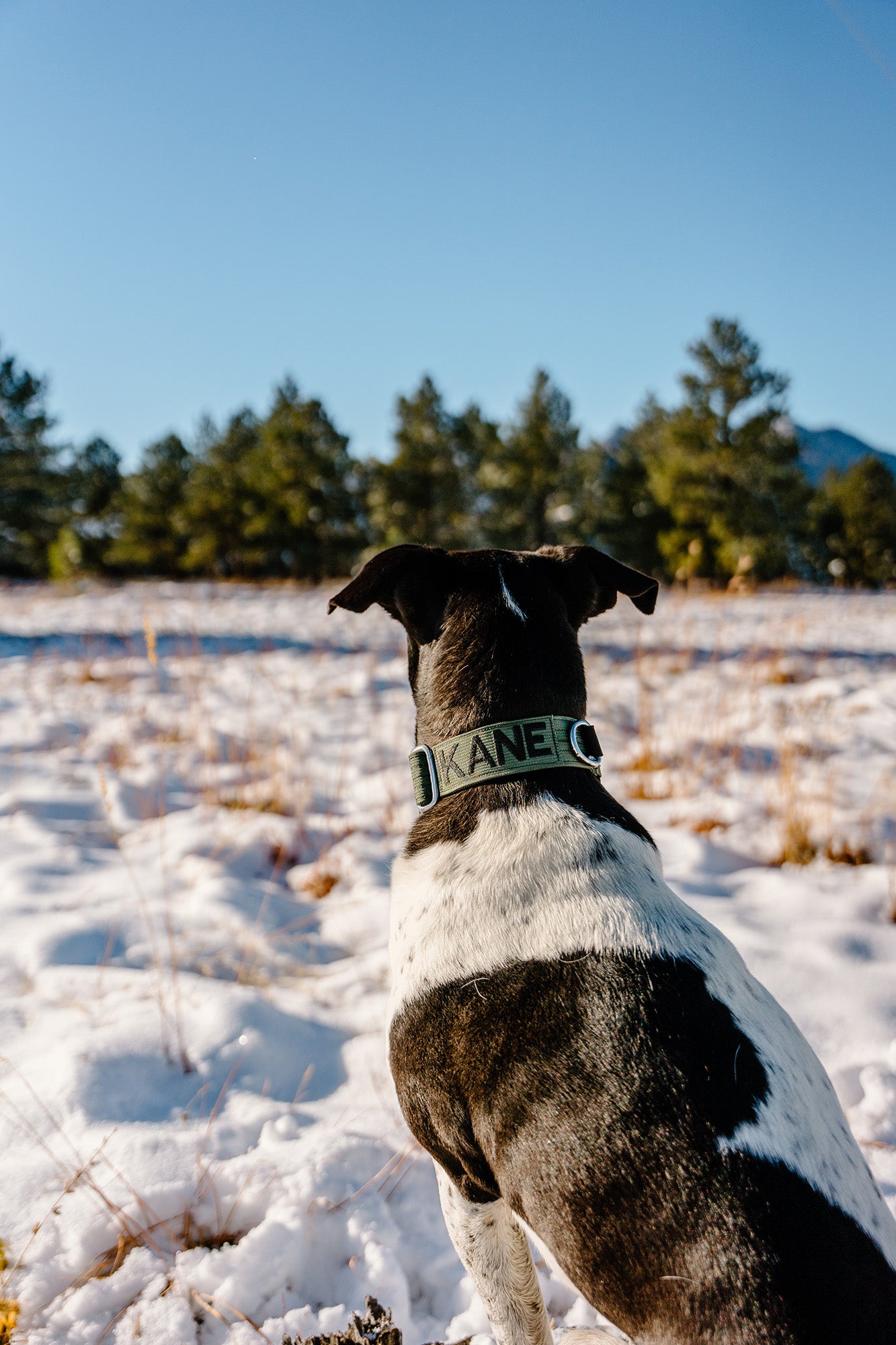
This blog post will cover five important things to think about if you are considering adding a second dog to your household. These are based on my experience and certainly everyone will have a different experience, some easier than mine & some harder than mine. I get a lot of questions about adding a second dog to the house when your first dog has behavioral issues, which was my situation, so these were some of my considerations. I hope they are helpful.
1. What is your reason for getting a second dog?
Adding another dog to your household should always be for you, not for your other dog(s). I promise you, your dog doesn't need a friend to play with or keep them company while you are at work. Do some dogs like having another dog around? Absolutely. But this shouldn't be your primary reason for getting another dog. The reason should be for you; you don't even have to have more of a reason other than you want one. I knew I wanted a well bred dog that did not have behavioral issues for my second dog. I also wanted a dog that I could expand my knowledge of dog training with and dabble in dog sports with.
2. Is your current dog trained to a level that makes you comfortable and/or happy?
For me, this was the biggest factor when adding a second dog while having a dog with behavioral issues. I knew that training would be more focused on the puppy for a while so I didn't want to still be working through major issues with Kane. For me, this meant I felt comfortable handling Kane in pretty much all situations that we encounter on a regular basis with minimal management; including on leash walking, off leash hiking/running reliability, new people coming to our house, encountering other dogs on walks, encountering wildlife on hikes and more. Basically, could Kane's training withstand me not having my full attention on him all the time. By the time I added a second dog this answer was yes. His recall was fantastic, his loose leash walking was great, he could hold place while people came into the house or be crated in another room if needed and he could coexist/be neutral with other dogs. While training and management is an ongoing process that will never end for a dog like Kane he was in a great place and I was happy with our relationship.

3. Do you have time to dedicate one-on-one time to each dog?
I have found that the most productive training happens when it is one-on-one with you and a dog, all your focus in one place. Adding a second dog means doubling your training time to make time for separate sessions with both dogs. I also liked doing things with Nyx and Kane separately so she didn't become dependent on Kane for confidence in new environments and she developed independence. I frequently take only one dog hiking or running so I wanted it to be normal for both of them to sometimes go out with just me and sometimes be left home without the other one present. So, when you consider your daily routine do you have time to dedicate to both dogs independently while keeping time for yourself. Eventually I combined training sessions; one dog is actively training and the other is passively training (on place or crated) but I still currently and always will value my alone time with each dog.
4. Are you prepared for a slow introduction and restricted interactions if needed?
This was another huge consideration for me with Kane being my first dog. I understand this might not be a concern for people with social dogs, however, I still think it is important to set up boundaries in the house from day one as far as coexisting without constantly playing. Kane generally does not like other dogs but I know with slow introductions he can learn to like them or at least tolerate them. However, I had no idea what this timeline would be like. Although I knew it was unlikely, I was prepared for the possibility that they would never coexist or have free roam together inside the house.
For us, initial introductions included short bouts of sniffing while I held Nyx and Kane was muzzled. From day one they went on walks together without interacting at first, this sometimes meant both were leashed. Other times it meant Kane was off leash and Nyx was on a long line so I could stop her getting in his face or bothering him persistently. Inside this looked like complete separation for about 2 months, they could see each other but could not interact. This was a crate/pen rotate situation. If they were loose together, Nyx was leashed and Kane was muzzled. Gradually they were allowed to be loose in the house with constant supervision for very short increments. The first time they played, Nyx was 5 months old. But this did not mean Kane was comfortable with her all the time. I think complete comfort and respect for coexistence took until Nyx was about 8 months old. Even then, they still got completely separate time throughout the day. I would say he finally enjoyed her company and fully accepted her around 1 year old. In general, even now, in the house they do their own thing and coexist. They play a few times a week but otherwise sleep in separate areas of the house during the work day and in the evening. They are not loose together if we aren't home. Nyx was always a very socially competent dog even as a puppy. She was fantastic at reading Kane's body language and very respectful of his wishes.
5. And because we live in a very expensive time, finances should always be considered.
This one is a bit more of a no-brainer and probably something already on your mind but, the cost of everything doubles. The main costs likely include: dog trainer fees, vet bills, pet insurance, food, treats, crates, toys and other supplies. Traveling with multiple dogs also becomes harder and more expensive. Some hotels and airbnbs have restrictions on the number of dogs or charge more for multiple dogs. If you want to compete in dog sports and already do, those costs double too!

